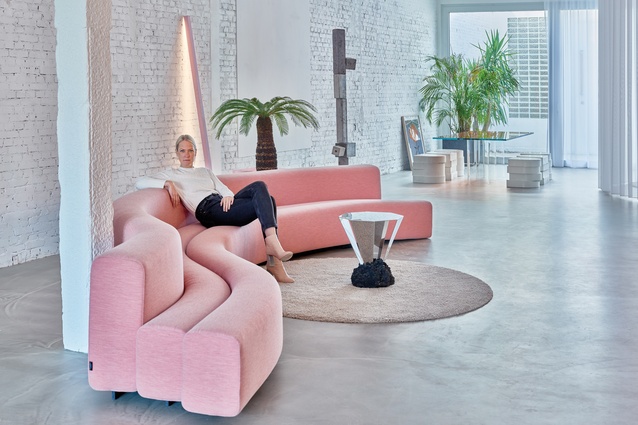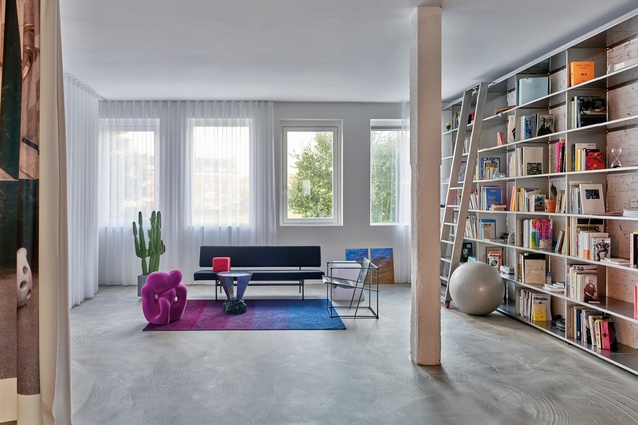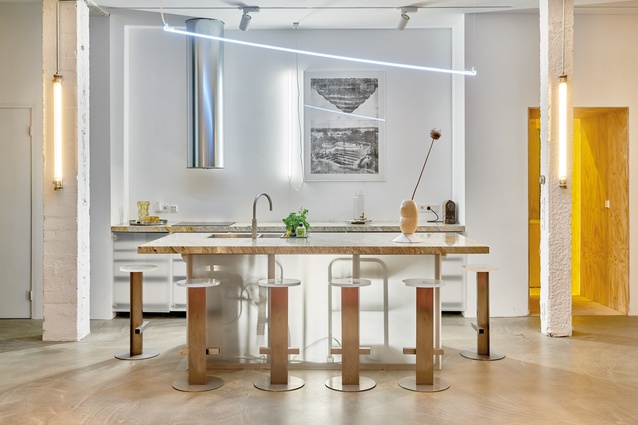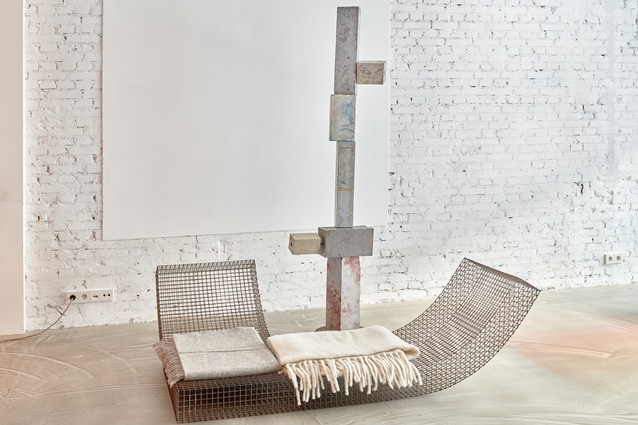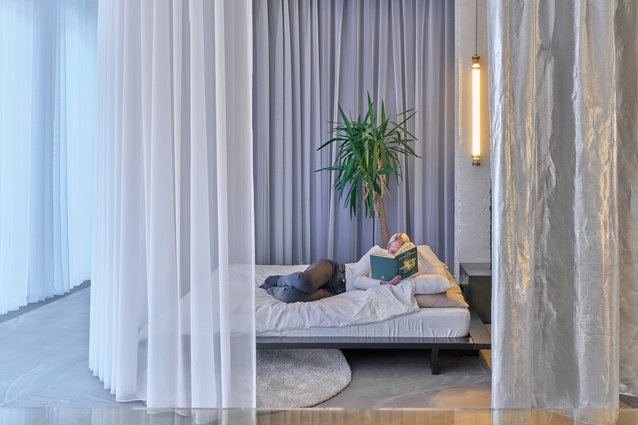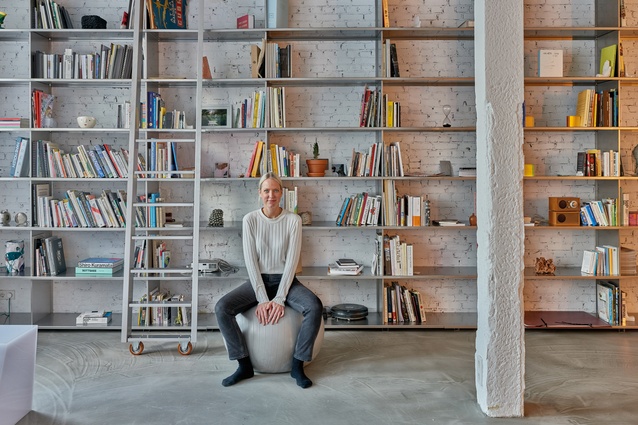At home with Sabine Marcelis
Sabine Marcelis is one of the fastest-rising stars in the European industrial design galaxy. She invited Urbis to tour her Rotterdam home and discuss her work and strong New Zealand roots.
Sabine Marcelis is often referred to as a Dutch-New Zealand designer, although her connection to Aotearoa is somewhat serendipitous. Born in Alkmaar, the Netherlands, Marcelis grew up just outside of Rotterdam. At age 10, she was swept up by her parents’ desire for a lifestyle change and taken to the other side of the world.
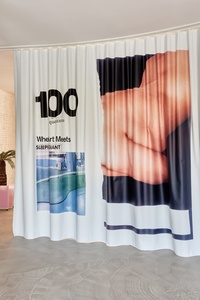
“My parents had never even been to New Zealand,” says Marcelis, “but we rented a camper van and drove around the North Island. The goal was to holiday there before settling in Christchurch – a place they found appealing from what they’d seen on TV – but, when we got to Waihi, they didn’t want to leave.”
For the next six years, Marcelis called the small town at the foot of the Coromandel Peninsula home. But the pull of her passion for snowboarding – and the prospect of being one of only a handful of students wanting to remain for the final year at her high school – sent her to Mount Aspiring College in Wanaka. That experience was a precursor to five years of back-to-back winters, with Marcelis living between Wanaka and California’s Mammoth Lakes.
After turning 21, Marcelis decided to find a more permanent career than that of traversing the slopes. She headed to Victoria University in Wellington, beginning a bachelor’s degree in industrial design. Two years later, she had itchy feet. “I wanted more freedom and conceptual thinking in my studies. Because I come from the Netherlands and Design Academy Eindhoven (DAE) has such a good name, I figured I’d enrol there.”
Marcelis intended to complete two years at DAE before returning to the land of the long white cloud. But disrupting best-laid plans, a big design project for a well-known-yet-must-remain-unnamed fashion brand promptly followed her graduation. “Without realising it, I very much settled into Rotterdam – and here we are, seven years later.”
Arguably best known for her Dawn light series, Marcelis is a material- and process-driven designer who collaborates intensively with industry specialists. Her work finds form in products, installations and interior objects – but the outcome isn’t the aim.
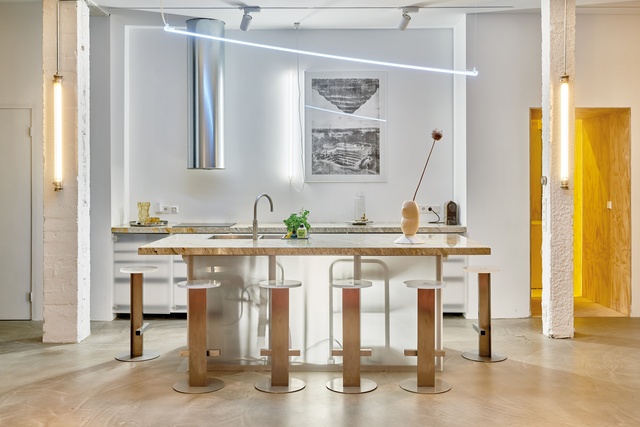
“I’m not so interested in creating functional objects. My designs are more about the experience of the objects than how you can use them.” Continuing her early fate of fashion-house commissions, Marcelis also went on to develop displays for Isabel Marant and luxury menswear label Salle Privée.
Two years ago, Marcelis and her partner, Paul – an architect at OMA, the renowned firm with which she collaborated on elements of the Repossi jewellery boutique in Paris and the KaDeWe department store in Berlin – bought a 520m2 former warehouse storage space to transform into their home.
“It was a dark box towards one end,” recalls Marcelis, “with windows on the front side only. We broke open 120m2 at the rear of the building to create a terrace and draw in sunlight.” Incidentally, that terrace has become her favourite spot in the apartment – during summer, at least. “It’s completely surrounded by walls. When you lie on the ground you can’t see any neighbours around, only the sky above. It feels a bit James Turrellesque.”
The couple split their entire space in two, forming two rental apartments from one half of the floor area and keeping the other for themselves. When it came to filling their shell, “Paul was adamant he didn’t want any walls,” says Marcelis.

In reality, they ended up with one; it creates a room that houses both a wardrobe and a bathroom. Curtains, on the other hand, encircle the bedroom or partition other areas of the open space. “At first, I thought Paul was crazy. I wanted walls around my bed. But in the end I’m really happy with it. The house is now perfect for many different situations – parties, photo shoots – and we can close certain curtains when it’s just the two of us to make it cosy.”
Creating covetable objects has its advantages for home decoration. “Our entire house is filled with our friends’ work,” says Marcelis. She points out the ‘brain-like’ bathroom tiles, for instance, designed by good friend Jonas Lutz. “I traded a lot of my own work for specific pieces or commissioned friends to design things. We wanted our home to feel like a community.”
This article first appeared in Urbis magazine.


